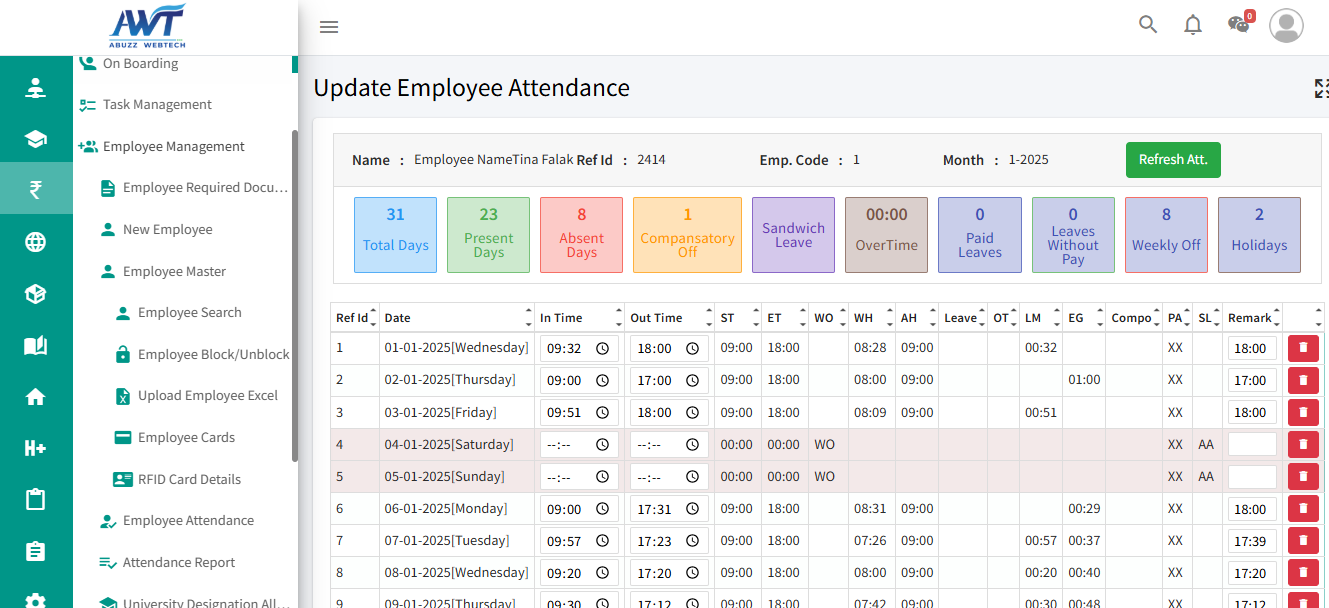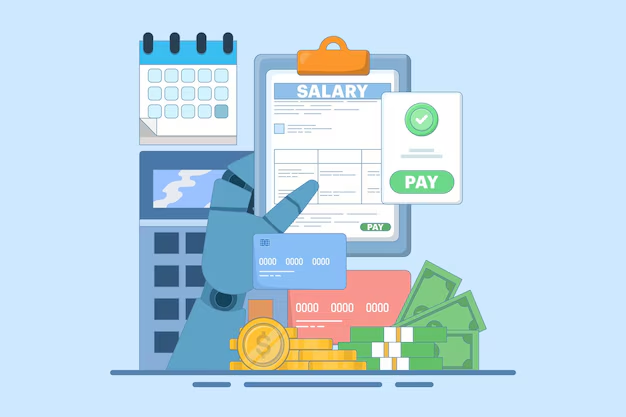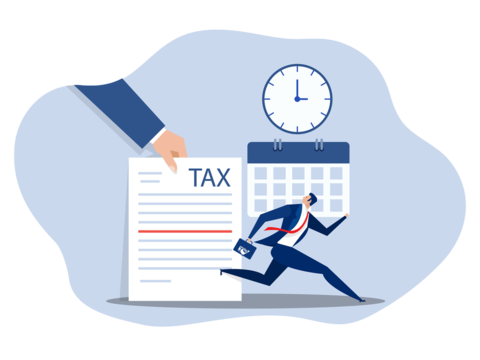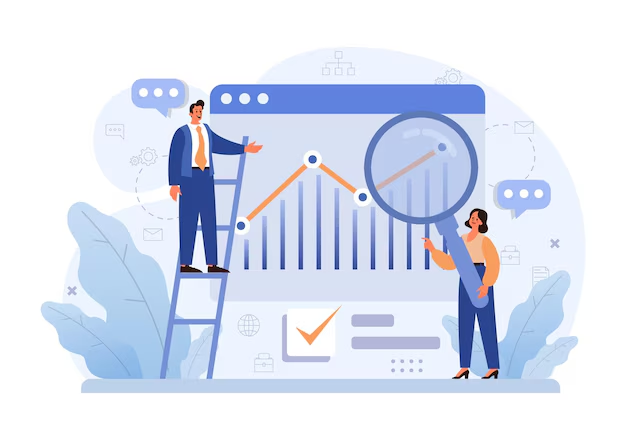Payroll
A Payroll management system is an essential tool for automating the process of paying employees, ensuring that they are compensated accurately and on time while maintaining compliance with relevant regulations.
Payroll Management System

Comprehensive ERP features for Payroll:-
-
Core Payroll ProcessingCore payroll processing automates salary calculations, tax deductions, and direct deposits, ensuring accurate and timely employee payments while maintaining compliance with labor laws.
-
Tax Compliance & DeductionsAutomate tax calculations, withholdings, and reporting to ensure legal compliance and accurate employee payments.
-
Time & Attendance IntegrationSyncs employee work hours, overtime, and leave data to ensure accurate salary calculations and compliance.
-
Employee Self-Service PortalAllows employees to access payslips, tax documents, and manage leave and benefits independently.
-
Compliance & SecurityLabor laws, tax regulations, and data protection through encryption, audits, and secure access controls.
-
Reporting & AnalyticsProvide insights into payroll expenses, tax liabilities, and employee compensation trends for informed decision-making.
-
Multi-Country & Multi-Currency SupportEnables global businesses to manage employee payments across different countries while ensuring compliance with local tax laws and labor regulations.

Employee Management
Employee management is the process of overseeing and coordinating an organization's workforce to ensure productivity, satisfaction, and alignment with business goals. It involves various functions, including recruitment, onboarding, performance evaluation, training, and addressing employee concerns.
This process also includes maintaining effective communication, fostering a positive work environment, and ensuring compliance with labor laws and company policies.

Leave Management
Leave management is the process of handling employee requests for time off while ensuring business operations remain unaffected. It involves defining leave policies, tracking leave balances, reviewing and approving
The process often involves capturing relevant details, responding to questions, and determining the next steps to move the enquiry toward a potential sale or partnership.

Attendance Management
Attendance management is the process of tracking and managing employee attendance to ensure accurate records of working hours, leave, and absences.
It involves using tools such as attendance registers, time-tracking software, or biometric systems to monitor when employees clock in and out. This process ensures compliance with company policies, helps calculate payroll accurately, and identifies patterns of absenteeism or tardiness.

Task Management
Task management is the process of planning, organizing, and monitoring tasks to ensure they are completed efficiently and on time. It involves identifying objectives, assigning responsibilities, setting deadlines, and prioritizing work based on importance and urgency.
Task management helps improve productivity, ensures accountability, and facilitates collaboration by providing clarity and structure to individual and team workflows.

Salary Management
Salary management is the process of planning, administering, and overseeing employee compensation within an organization. Salary management also involves regular reviews and adjustments to keep compensation competitive and equitable
This involves determining pay structures, including base salaries, bonuses, and benefits, based on factors such as job roles, industry standards, performance

Income Tax Declarations
Income tax declarations involve reporting an individual's or business's income, expenses, and other relevant financial information to tax authorities to determine the amount of tax owed.
The information is typically submitted through tax forms or online systems, and must be accurate and complete to avoid penalties. Income tax declarations ensure compliance with tax laws and help determine whether additional taxes are owed or if a refund is due.

Performance Management
Performance management is the process of assessing, improving, and managing employee performance to meet organizational goals. It involves setting clear expectations, providing regular feedback, conducting performance evaluations, and identifying areas for development.
Performance management also includes training and development initiatives to enhance skills and capabilities, aligning individual performance with the broader objectives of the organization.

GPS Attendance
GPS attendance is a system that uses global positioning system (GPS) technology to track and record employee's attendance by verifying their location when they clock in or out.
GPS attendance systems are often used in industries where employees work remotely or at multiple locations, providing a more accurate and efficient way to manage attendance compared to traditional methods like manual time cards

Biometric Attendance
Biometric attendance is a system that uses unique physical characteristics, such as fingerprints, facial recognition, or iris scans, to track and record employee attendance. This method eliminates the need for traditional punch cards or manual logging, providing a more accurate and secure way to monitor attendance
Biometric attendance systems are commonly used in workplaces to improve efficiency.